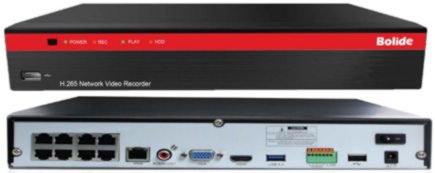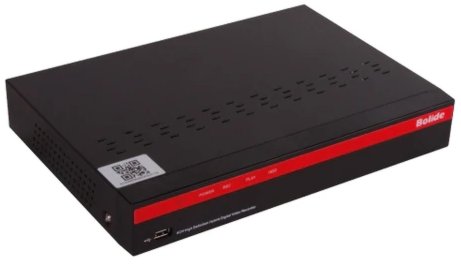 |
Always On Time |
Home & Office |
More Good Stuff |
Extras |
Alarm Systems |
Driveway Alarms |
Camera Tips |
Security Cameras |
Solar Power |
NVR / DVR Information |
Office Network |
Central Vac |
Downloads |
*** Save Yourself Money *** |
Home |
DVR / NVR Information
In case your a bit new to cameras systems and what the terms mean, and the specs on these systems, lets break it down so you can see everything these DVR's & NVR's can do. So lets start off with the cameras. Cameras - 5MP or 1080P. The average camera for a good while, was 1080P. Like most of us, we all have a big screen TV in our homes. If you have Satellite TV, or even Cable TV, what you see on your screen (most channels) is a 1080P HD (high difinition) picture. That's what your camera system would look like when you view each camera. 5MP (5 megapixel) is about a 2 1/2 times better picture. In my opinion, 5MP is a bit much for the average home owner, but you can't change progress. They even have 8MP and higher these days! Nothing wrong with a better picture, but remember, a better picture is also a BIGGER file size when you record your video and when viewing remotely. Bigger file size means a bigger hard drive is needed and a faster Internet connection is required when viewing remotely. Most cameras today can be set to view in 1080P or 5MP, so you have a choice which also means when you want to upgrade from 1080P, there is no extra cost! But these days, 5MP I about the standard for camera systems.
DVR - The DVR (Digital Video Recorder) records your camera's video to it's hard drive. Our DVR's have more features than most people will ever use, but it gives everyone the choices they want. You can get a DVR that has 4, 8, or 16 channels (camera hook ups). DVR's use coax cable to connect to the camera, if you get a 4 channel DVR and have 4 cameras hooked to it, you can not add a fifth camera if you want one down the road, best to get an 8 channel to allow for expansion if you think you might add any. NVR - The NVR (Network Video Recorder as shown above) just uses a different wire, instead of a coax cable, it uses CAT-5 wiring, like your computer uses to hook up to your router or modem. Picture quality is much better, and there are a lot more options you can set up using these type of cameras. NVR's have pretty much replaced the DVR systems these days.
Hard Drives - The most important part of having a camera system is recording what your cameras will see. Hard drives have gotten so cheap these days and their recording capacity is huge. Most 4 channel systems for the home, recording at 1080P, with a 1 or 2 TB (terabyte) can record for well over a couple months. When the disk is full, it doesn't erase everything and then start over, it just starts to overwrite back at it's furthest date so you always have your couple of months to go back on. Wireless / Hard Wired - Lots of options out there for both wireless and hard wired camera systems. We have always hard wired our systems, it's more secure, easier to trouble shoot when needing service, and just seems to hold up better without any problem. We do fish our wires in the walls and attic so you don't see them, which makes for a secure system. The way we see it, a wireless system still needs power to make it work, so why not run the wire to transmit the signal thru the cable you have to run anyway, and keep it secure and trouble free.
|

